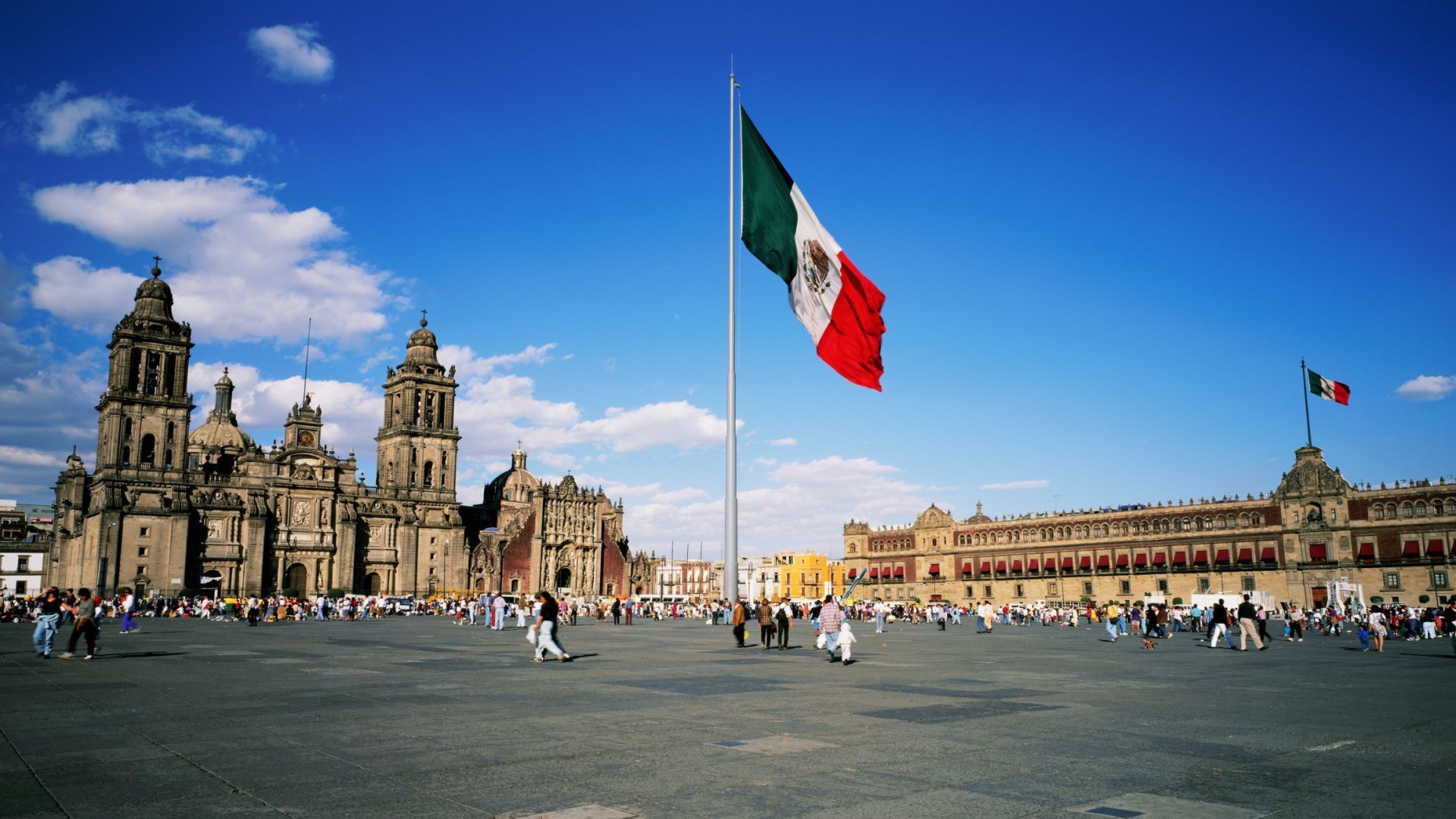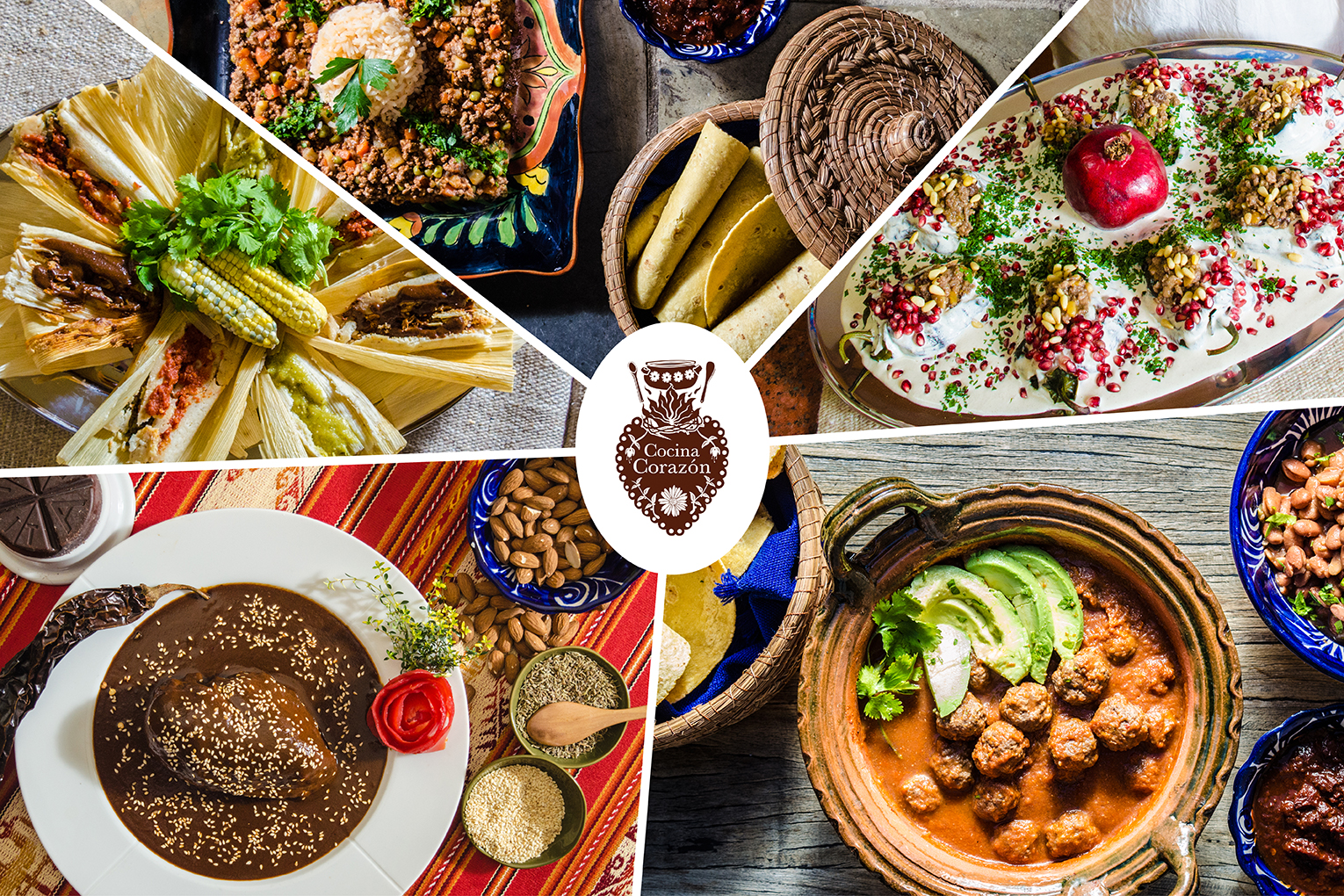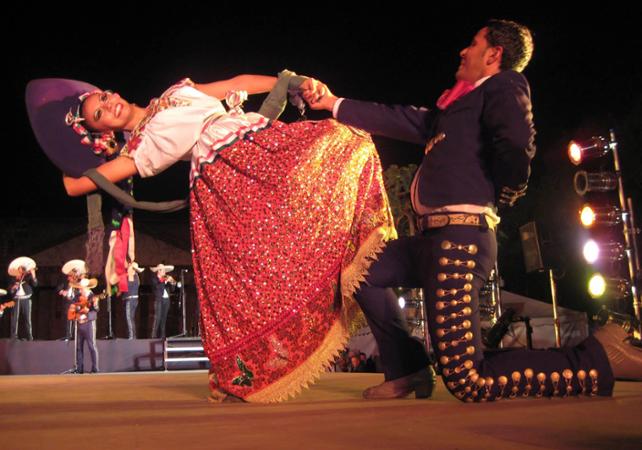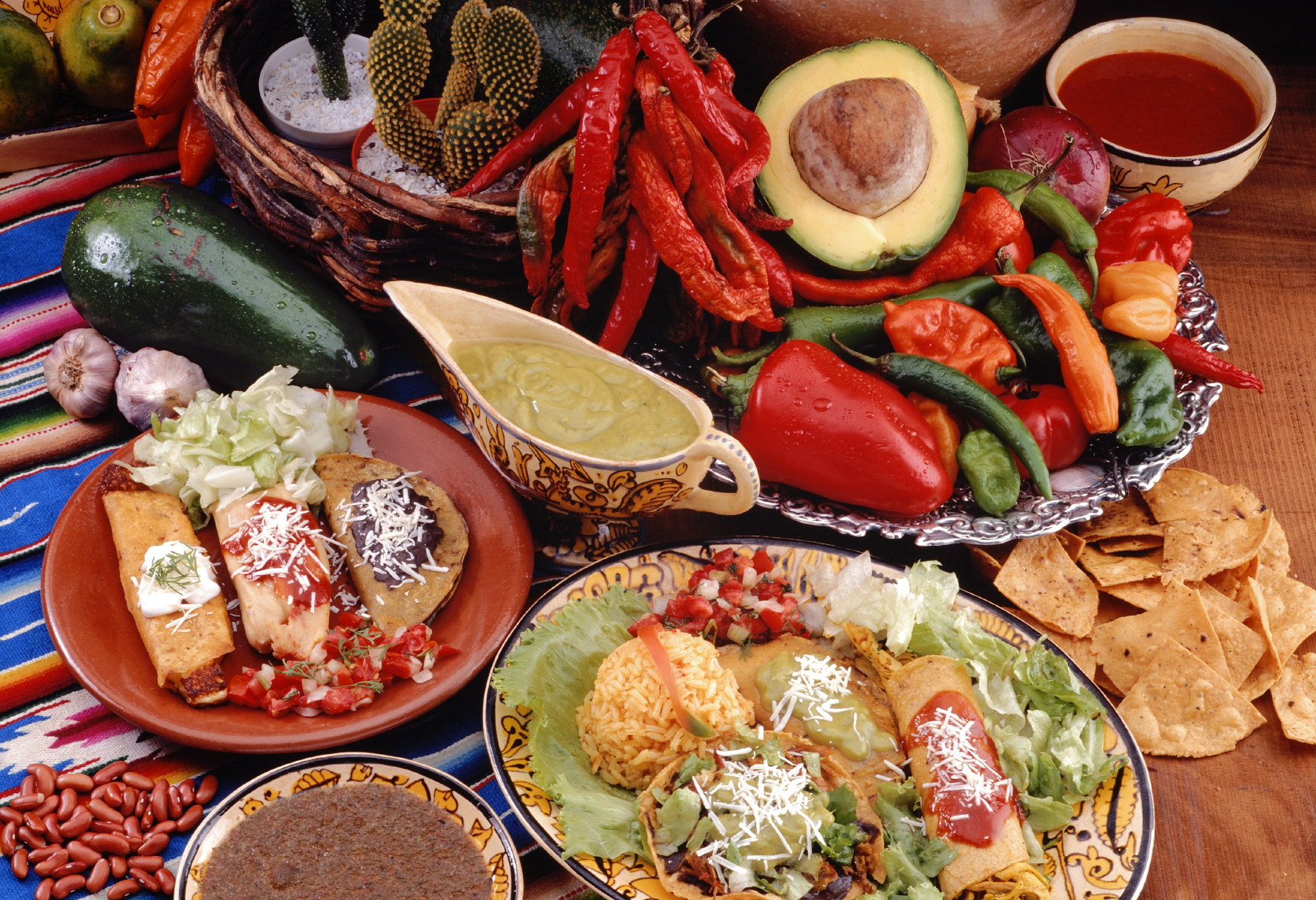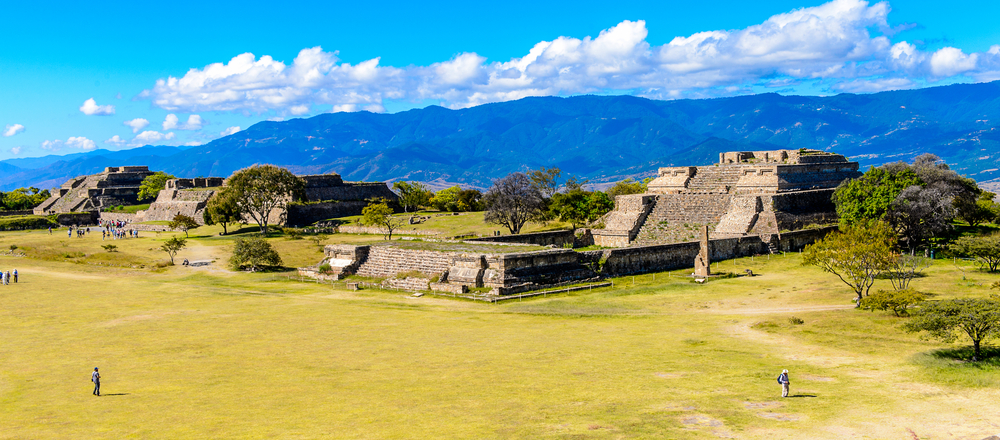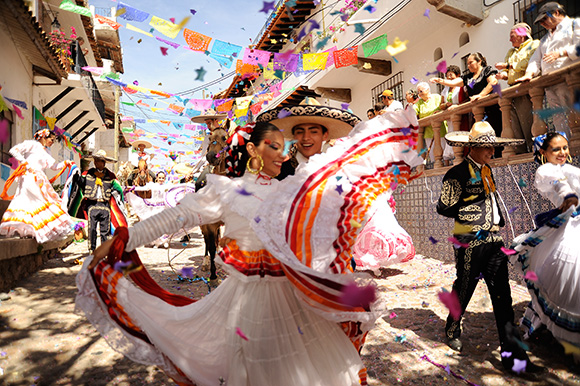MEXICO
About Mexico
Mexico is located directly south of the United States. It is slightly less than three times the size of Texas. Two major mountain ranges run through the country's interior: the Sierra Madre Oriental on the east and the Sierra Madre Occidental on the west. Between the mountain chains lies the great central highland plateau. Mexico borders the Pacific Ocean to the west and the Gulf of Mexico and Caribbean Sea to the east. Mexico has a wide range of natural environments, but temperatures are generally mild year-round. The coastal plains and lower areas of southern Mexico are usually hot and humid. Mexico City, the country's capital, and other inland areas are at higher elevations and are generally drier. Annual rainfall may exceed 200 inches in the more tropical zones of the coastal areas, while parts of Baja California (a long, narrow peninsula located just south of California) receive very little precipitation. Desert-like conditions exist in the north.
Food and Culture
Corn is the basis of the Mexican diet, as it has been for thousands of years. It can be found in almost every meal, usually in the form of the tortilla (flatbread). Corn can also be boiled to produce pozole , a hearty corn stew. Popular fruits and vegetables are tomatoes, tomatillos (green tomatoes), squash, sweet potato, avocado, mango, pineapple, papaya, and nopales (from the prickly pear cactus). Though beef is consumed, chicken and pork are more common. The variety of chilies includes the widely known jalapeño, as well as the poblano , serrano , and chipotle . Chilies give Mexican cooking a distinctive flavor, which is often enhanced with herbs, such as cilantro and thyme, and spices, including cumin, cinnamon, and cloves. Cheese and eggs round out the diet. Seafood is most common in coastal dishes.
